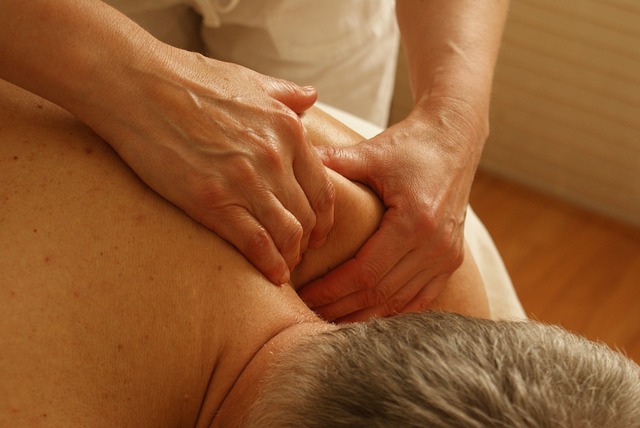Shoulder pain (or omalgia) is one of the most common reasons for consultation in general medicine and rheumatology.
The shoulder is a very complex joint, and many of the structures that constitute it can cause injury or pain.
Thus, this body part consists of two “sliding” spaces and three joints:
- Glenohumeral joint
- Acromioclavicular joint
- Sterno-Clavicular Joint
When the arm is moved, these different joints work simultaneously.
In the vast majority of cases, shoulder pain is linked to a pathology of the “rotator cuff”, a kind of tendon “capsule” composed of the convergence of the tendons of four muscles.
Do not delay to consult a doctor or rheumatologist in case of omalgia, in order to maintain as much as possible a good mobility of the arm.
What causes shoulder pain?
The pain can involve multiple pathologies, such as infections, tumours, systemic pathologies, neurological disorders, and so on.
In most cases, however, these pains are related to rotator cuff pain (especially after age 50).
The causes can also, of course, be traumatic: sprains, tendonitis, injuries, fractures, etc.
When there is no history of trauma, the painful shoulder is often associated with “degenerative” rotator cuff tendonitis. The rotator cuff can also be the seat of calcifications. It can also break completely or partially.
The other most frequently reported causes are :
- Inflammatory or degenerative pathology of the shoulder joint (rheumatoid arthritis, osteoarthritis, etc.).
- The sportsman’s painful shoulder caused by an injury to the cartilage of the glenohumeral joint, most often (“unstable” shoulder, in a young person, in good health, practising a sport)
To better understand the cause, the physician will be interested in:
- History (Has he had a trauma? Does the daily work place a lot of strain on the shoulder?)
- Localization of the pain (frontal, posterior, etc.)
- Its nature (mechanical, inflammatory, nocturnal, etc.)
- Associated signs (stiffness, inflammation, discomfort and impact on daily life, etc.)
X-rays can help the doctor make a diagnosis if necessary.
Osteoarthritis is also possible (omarthrosis), but this location is much less frequent than osteoarthritis of the hip or knee, for example.
Bursitis (inflammation of the serous bursa, a pouch of fluid that allows the joint to be lubricated) is common. It typically occurs in people who work with their arms raised.
If the pain occurs violently and limits movement, it is important to consult urgently: it may be an infection (septic arthritis), bursitis or chondrocalcinosis (microcrystalline arthritis, a bit like gout).
Watch out! It is important to know that certain pathologies can cause pain that radiates in the shoulder, but are not related to the joint. This is sometimes the case with myocardial infarction, pancreatitis, pleurisy, etc. That is why it is important to consult your doctor.

What are the consequences of shoulder pain?
Because of the impact it has on arm movements, this pain is quickly debilitating.
They can interfere with daily activities and need to be managed quickly.
What are the solutions for shoulder pain?
In most cases, pain management is based on analgesics (paracetamol type), ointments and anti-inflammatory drugs. Cortisone infiltrations can sometimes be proposed, depending on the case.
In case of severe pain or tendonitis, a rest of the shoulder is recommended.
Finally, functional rehabilitation sessions are often necessary to re-muscle and gradually re-mobilize the joint. The rehabilitation program also aims to maintain joint amplitude and strength.
In rare cases, surgery may be considered. This is the case, for example, if osteoarthritis has caused too much damage to the joint and a prosthesis has to be placed.

